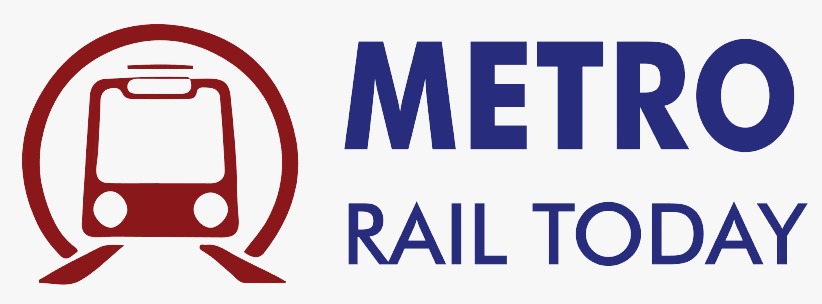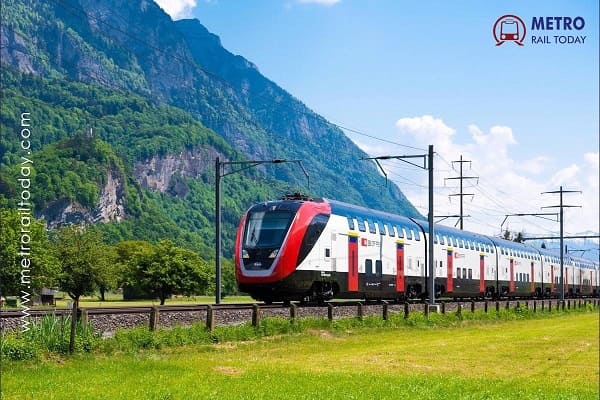 RITES targets African Rail Market with New Financing Model for Cost-Effective Rolling Stock
RITES targets African Rail Market with New Financing Model for Cost-Effective Rolling Stock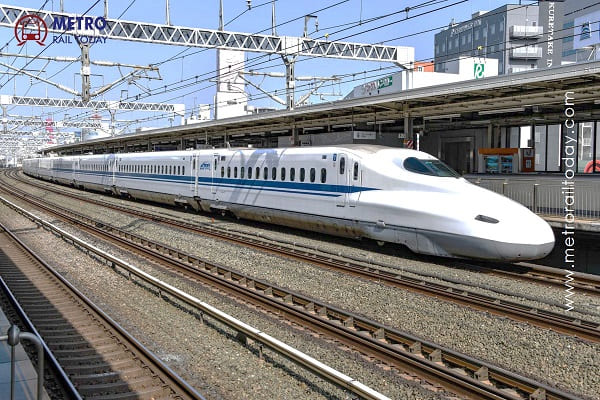 India’s First Bullet Train to begin Operations on 100-km Surat–Vapi stretch by August 2027
India’s First Bullet Train to begin Operations on 100-km Surat–Vapi stretch by August 2027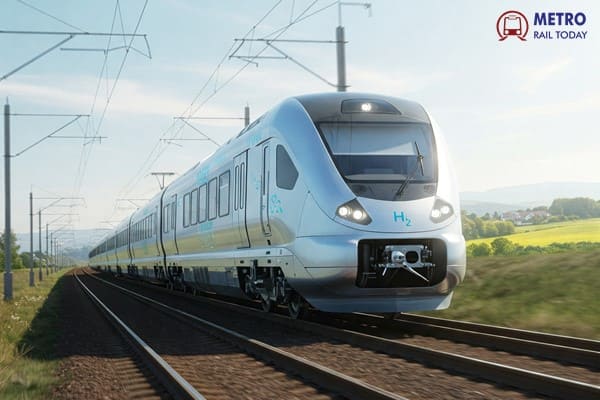 Railway eyes record ₹3 Trillion Capex in FY27 to accelerate modernisation and High-Speed Expansion
Railway eyes record ₹3 Trillion Capex in FY27 to accelerate modernisation and High-Speed Expansion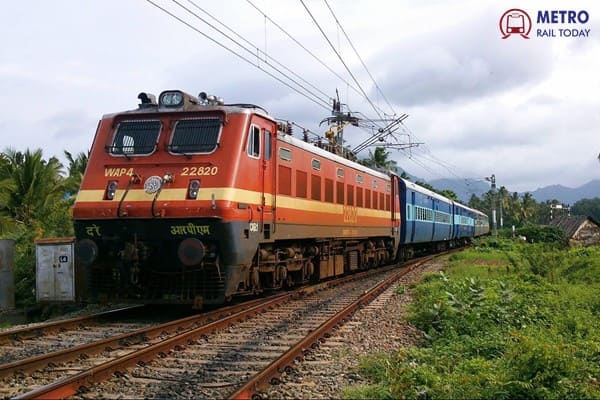 The Future of Railways in India: From Gauge Conversion to High-Speed Corridors
The Future of Railways in India: From Gauge Conversion to High-Speed Corridors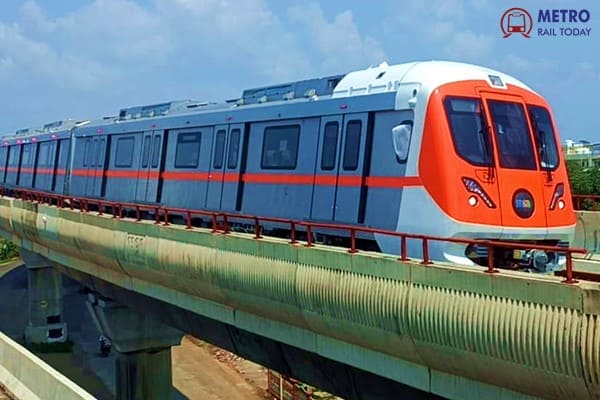 CMRS concludes 3-Day Safety Inspection of Bhopal Metro Priority Corridor
CMRS concludes 3-Day Safety Inspection of Bhopal Metro Priority Corridor Ho Chi Minh City to invest USD19.67 billion to develop 232 km of Urban Railways by 2030
Ho Chi Minh City to invest USD19.67 billion to develop 232 km of Urban Railways by 2030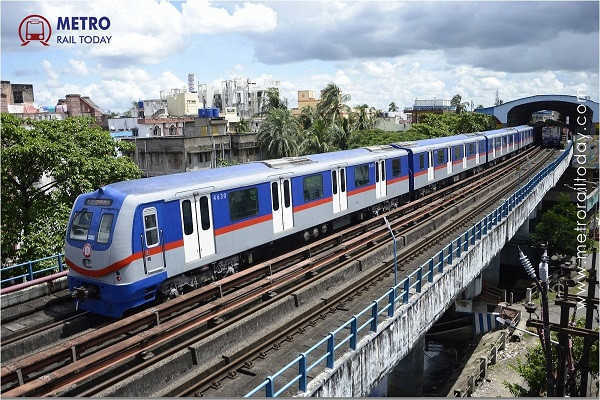 Kolkata Metro Blue Line to receive AI-Powered Security upgrade by March 2026
Kolkata Metro Blue Line to receive AI-Powered Security upgrade by March 2026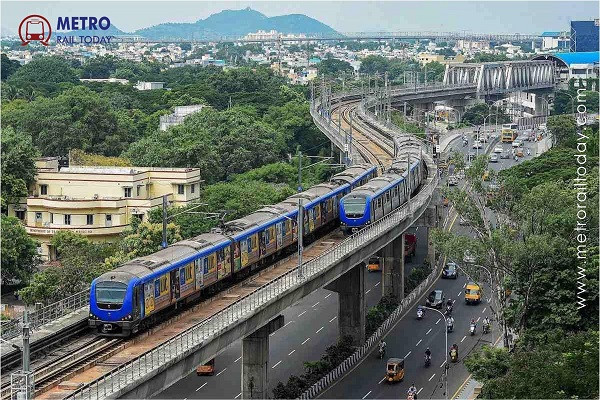 Central Govt returns Coimbatore and Madurai Metro proposals, Citing low population in cities
Central Govt returns Coimbatore and Madurai Metro proposals, Citing low population in cities SNTP Technologies: India's Largest Rebar Coupler Maker Setting New National Standards
SNTP Technologies: India's Largest Rebar Coupler Maker Setting New National Standards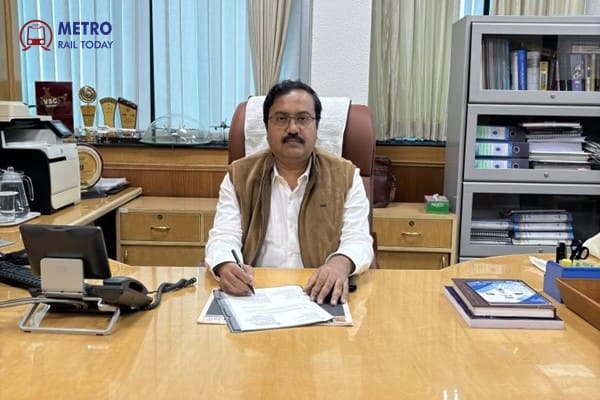 Nilabhra Sengupta appointed as new Commissioner of Metro Railway Safety (CMRS)
Nilabhra Sengupta appointed as new Commissioner of Metro Railway Safety (CMRS)
Railway eyes record ₹3 Trillion Capex in FY27 to accelerate modernisation and High-Speed Expansion

New Delhi, India (Metro Rail Today): In a major boost to India’s infrastructure push, Indian Railways is expected to receive a record capital expenditure (Capex) allocation of over ₹3 lakh crore for FY 2026–27 (FY27), according to reports emerging from early 2025. If finalised, this would mark a significant rise of nearly 15% from the nearly flat outlay of ₹2.62 lakh crore in FY26, signalling the government’s intention to fast-track the transformation of the national rail network.
The unprecedented capital infusion aligns with the larger national objective of building a world-class railway ecosystem capable of reducing logistics costs, supporting high-speed travel, and improving safety across all segments of operations.
Sources indicate that a major portion of the upcoming allocation will be channelled into network expansion and capacity enhancement. This includes the construction of new lines, multi-tracking of heavily congested routes, and upgrades to freight-dominated corridors. As India’s passenger and freight volumes continue to rise, these infrastructure works are essential to reducing delays and improving operational resilience.
Safety will be another major pillar of FY27 investment. The indigenous Automatic Train Protection system, Kavach, is expected to be deployed on thousands of route kilometres and locomotives, strengthening India’s reputation for developing cost-effective, homegrown railway technologies. The expansion of Kavach is being viewed as critical to preventing collisions, improving speed regulation, and enhancing overall passenger safety.
Rolling Stock Modernisation Enters a New Phase
The Railways’ rolling stock programme is set for a massive scale-up. Production of Vande Bharat trains, especially the next-generation sleeper and cargo variants, will be substantially expanded. This is expected to boost long-distance connectivity and logistics efficiency. Alongside, the Railways will continue to introduce advanced locomotives, LHB coaches, and high-capacity freight wagons to support both passenger comfort and industrial demand.
The FY27 outlay is also expected to accelerate several flagship projects. The Mumbai–Ahmedabad Bullet Train corridor, which has seen rapid progress in 2024–25, is likely to see a significant chunk of funding to maintain construction momentum. The introduction of India’s first Hydrogen Train, aligned with the green mobility mission, will also receive dedicated support.
Under the Amrit Bharat Station Scheme, the Railways plans to redevelop hundreds of stations by 2027, transforming local commuter experiences with modern amenities, better intermodal connectivity, and improved accessibility.
The Larger Vision: Logistics Reform and Indigenous Capability
The record Capex is part of a consistent multi-year strategy that has seen India’s railway budget grow more than sixfold over the past decade. By pushing funds into high-density routes, Dedicated Freight Corridors, and upgraded terminals, the Railways hopes to decongest traffic and bring down elevated logistics costs, which currently stand at 13–14% of GDP.
The long-term freight target of 3,000 million tonnes by 2030 remains a central milestone. To reach this target, the Railways is increasingly depending on indigenous technologies—such as Vande Bharat trainsets, locally designed propulsion systems, and in-house signalling upgrades—to reduce import dependency and strengthen domestic manufacturing.
Welcoming the anticipated mega allocation, Mrs. Mamta Shah, MD & CEO of Urban Infra Group, noted:
“This record Capex push will be a defining moment for India’s transportation sector. With strategic investments in safety, high-speed rail, modern rolling stock and station redevelopment, Indian Railways is entering a transformative decade. The ripple effects on urban mobility and the national economy will be significant.”
As the nation prepares for what could become its largest railway investment in history, the expectations are high. If executed as proposed, FY27 may set the stage for one of the most rapid periods of growth and technological advancement that Indian Railways has ever witnessed.
